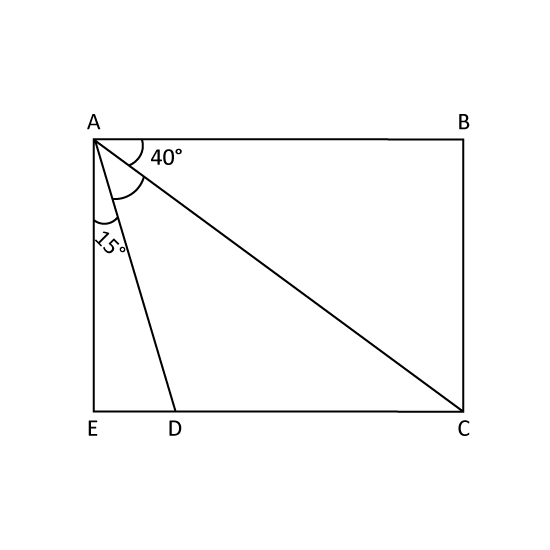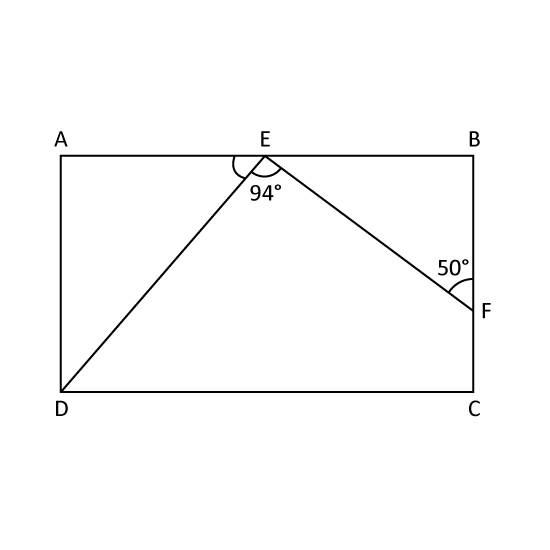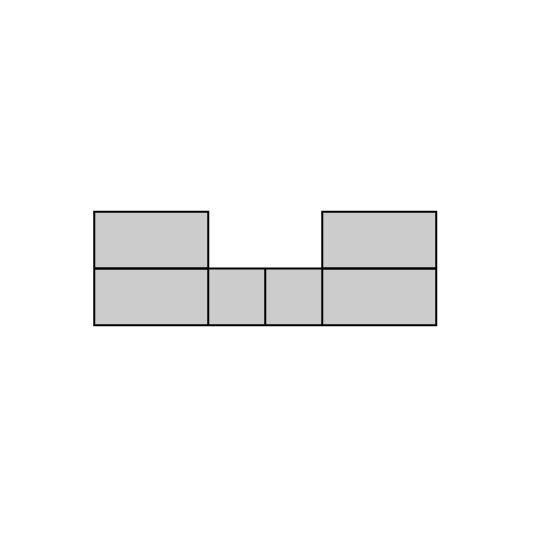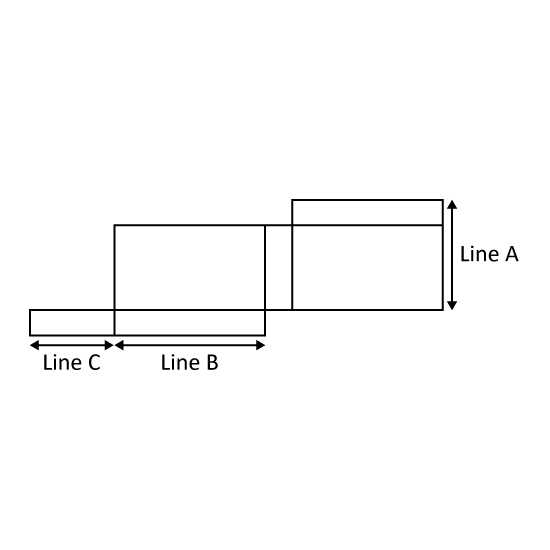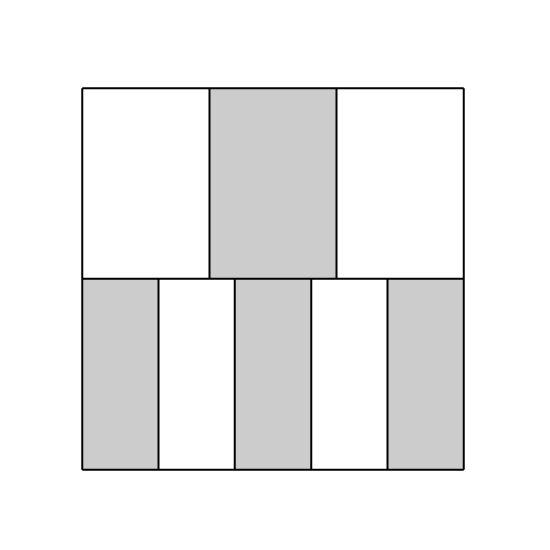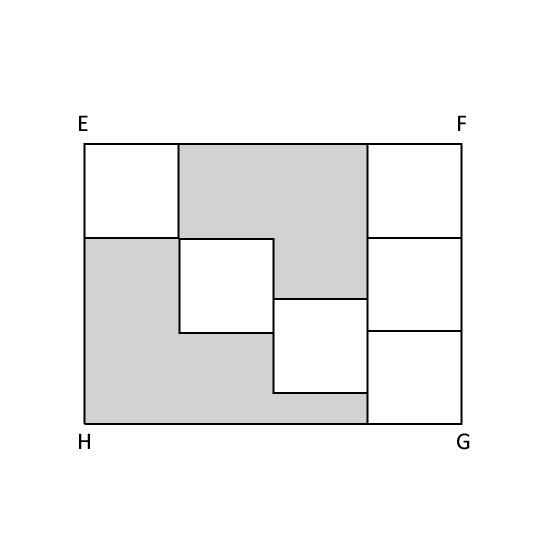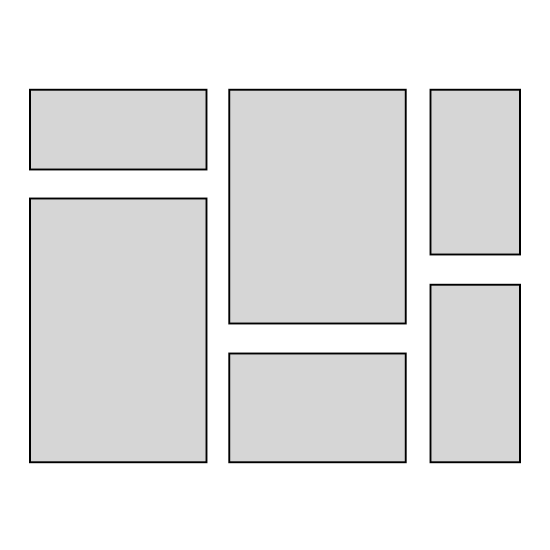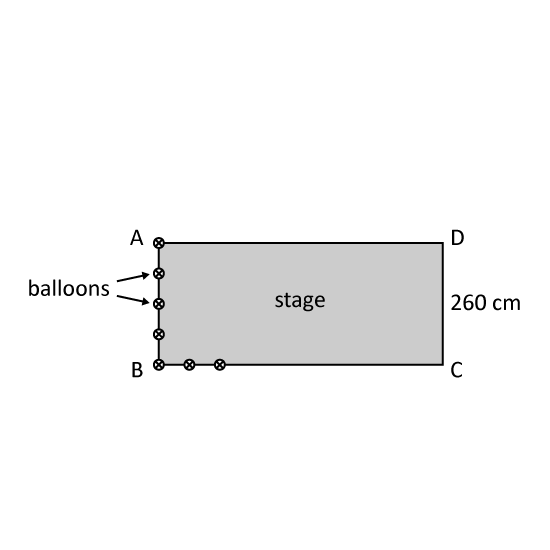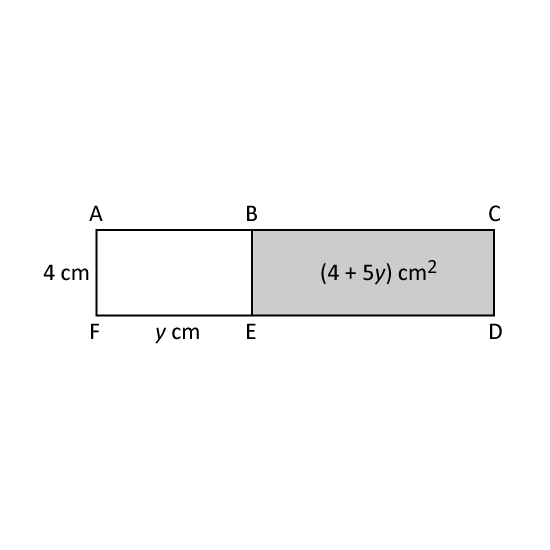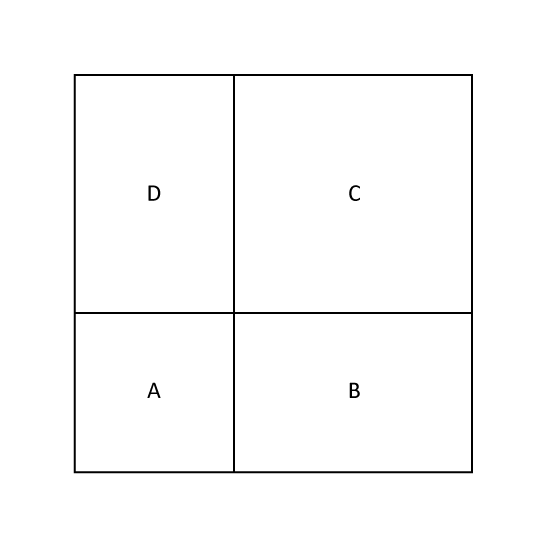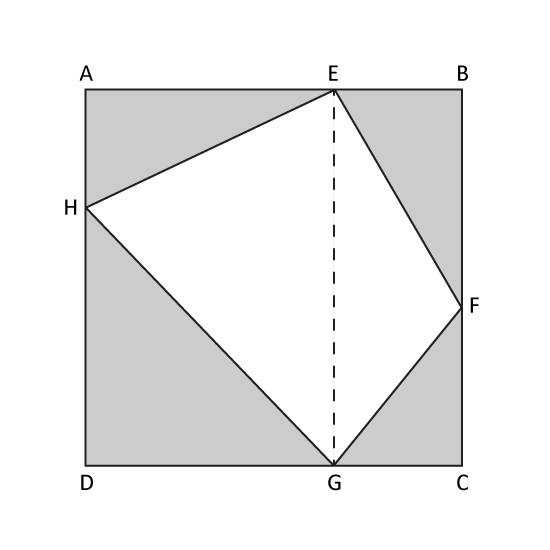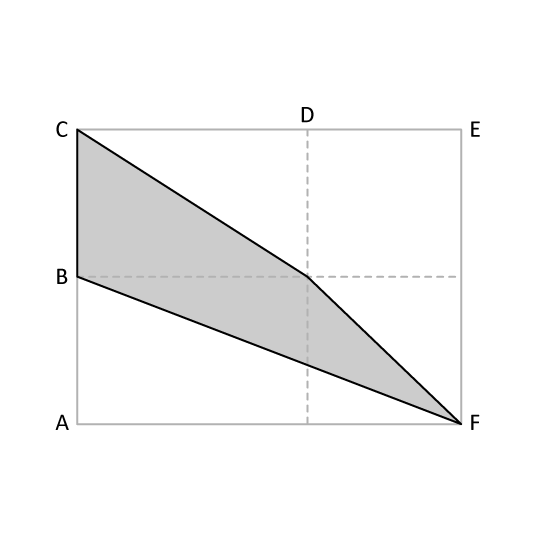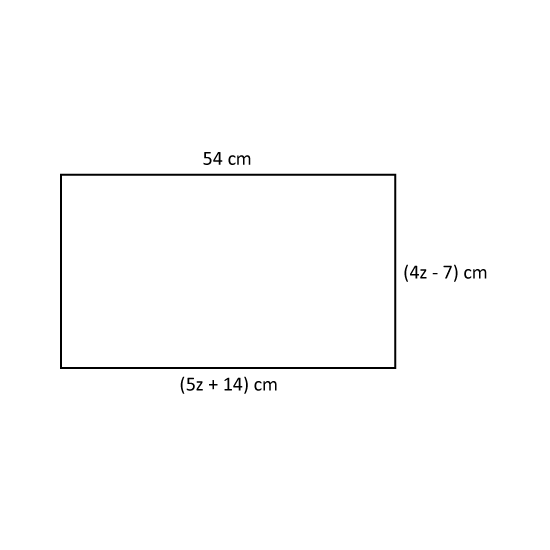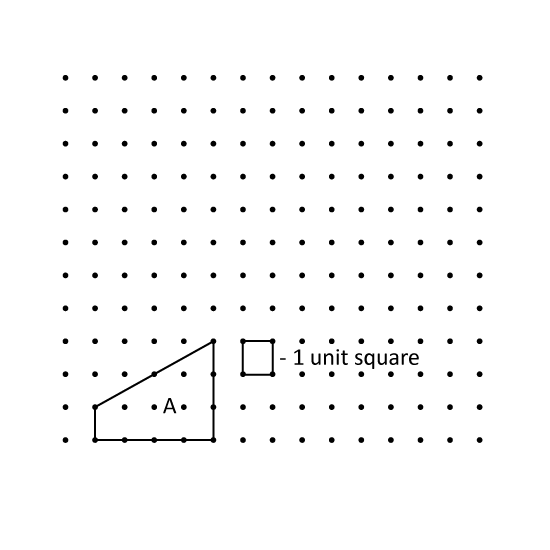Level 1 PSLE
In the figure, EABC is a rectangle. ∠EAD = 15° and ∠CAB = 40°. Find ∠DAC.
Level 1 PSLE
In the figure, EABC is a rectangle. ∠EAD = 15° and ∠CAB = 40°. Find ∠DAC.
Image in this question is not available.
Level 1 PSLE
In the figure, ABCD is a rectangle. AEB and BFC are straight lines. ∠DEF = 94° and ∠BFE = 50°. Find ∠AED.
Level 1 PSLE
In the figure, ABCD is a rectangle. AEB and BFC are straight lines. ∠DEF = 94° and ∠BFE = 50°. Find ∠AED.
Image in this question is not available.
Level 1 PSLE
The figure is made up of 4 identical rectangles and 2 identical squares. Does this figure have a line of symmetry? Give your answer in number. (Eg Yes = 1; No = 2)
Level 1 PSLE
The figure is made up of 4 identical rectangles and 2 identical squares. Does this figure have a line of symmetry? Give your answer in number. (Eg Yes = 1; No = 2)
Image in this question is not available.
Level 2
The figure shows the net of a cuboid not drawn to scale. Line A is 50 cm. Line B is 40 cm. Line C is 35 cm. Find the volume of the cuboid.
Level 2
The figure shows the net of a cuboid not drawn to scale. Line A is 50 cm. Line B is 40 cm. Line C is 35 cm. Find the volume of the cuboid.
Image in this question is not available.
Level 2
The figure shows a piece of paper. When the shaded rectangles A, C, D and square B is cut out, the remaining parts form the net of a cuboid. Area E is a square. Given that the area of A is 18 cm2 and the area of B is 81 cm2, find the volume of the cuboid.
Level 2
The figure shows a piece of paper. When the shaded rectangles A, C, D and square B is cut out, the remaining parts form the net of a cuboid. Area E is a square. Given that the area of A is 18 cm2 and the area of B is 81 cm2, find the volume of the cuboid.
Image in this question is not available.
Level 2
The figure shows cardboard pieces used to form the net of a cuboid. The area of each square piece is 25 cm2 and the area of each rectangular piece is 40 cm2. Find the volume of the cuboid.
Level 2
The figure shows cardboard pieces used to form the net of a cuboid. The area of each square piece is 25 cm2 and the area of each rectangular piece is 40 cm2. Find the volume of the cuboid.
Image in this question is not available.
Level 2 PSLE
A square is first divided into two equal halves. The bottom half is divided into 5 equal parts while the top half is divided into 3 equal parts. The total area of the shaded parts is 168 cm2. What is the area of the square?
Level 2 PSLE
A square is first divided into two equal halves. The bottom half is divided into 5 equal parts while the top half is divided into 3 equal parts. The total area of the shaded parts is 168 cm2. What is the area of the square?
Image in this question is not available.
Level 2
In the figure, 6 identical squares lie within the rectangle EFGH. Each square measures 3 cm by 3 cm. What is the perimeter of rectangle EFGH?
Level 2
In the figure, 6 identical squares lie within the rectangle EFGH. Each square measures 3 cm by 3 cm. What is the perimeter of rectangle EFGH?
Image in this question is not available.
Level 2
A square piece of cardboard is cut into six rectangles of different sizes. The total perimeter of the six rectangles is 20 m. Find the total area of the square piece of cardboard.
Level 2
A square piece of cardboard is cut into six rectangles of different sizes. The total perimeter of the six rectangles is 20 m. Find the total area of the square piece of cardboard.
Image in this question is not available.
Level 2 PSLE
A total of 18 balloons are set up at an equal distance apart along the three sides AB, BC and CD of a rectangle stage. The figure shows part of the set-up. The breadth of the stage is 260 cm. What is the length of the stage?
Level 2 PSLE
A total of 18 balloons are set up at an equal distance apart along the three sides AB, BC and CD of a rectangle stage. The figure shows part of the set-up. The breadth of the stage is 260 cm. What is the length of the stage?
Image in this question is not available.
Level 2 PSLE
The figure is made up of two rectangles ABEF and BCDE. AF = 4 cm, FE = y cm and the area of BCDE is (4 + 5y) cm2. Find the area of ACDF in terms of y. Give your answer in the simplest form.
Level 2 PSLE
The figure is made up of two rectangles ABEF and BCDE. AF = 4 cm, FE = y cm and the area of BCDE is (4 + 5y) cm2. Find the area of ACDF in terms of y. Give your answer in the simplest form.
Image in this question is not available.
Level 2 PSLE
Figure 1 shows a rectangular tile with a perimeter of 28 cm. Figure 2 is formed using 5 such tiles. Find the perimeter of Figure 2.
Level 2 PSLE
Figure 1 shows a rectangular tile with a perimeter of 28 cm. Figure 2 is formed using 5 such tiles. Find the perimeter of Figure 2.
Image in this question is not available.
Level 2 PSLE
In Figure 1, the total perimeter of 4 rectangles X and square Y is 152 cm. They are joined to form a large square in Figure 2 which has a perimeter of 56 cm. Find the length of one side of square Y.
Level 2 PSLE
In Figure 1, the total perimeter of 4 rectangles X and square Y is 152 cm. They are joined to form a large square in Figure 2 which has a perimeter of 56 cm. Find the length of one side of square Y.
Image in this question is not available.
Level 3 PSLE
The figure shows a square divided into two smaller squares A and C and two rectangles B and D. The total perimeter of rectangles B and D is 52 cm. The area of square A is 25 cm2. What is the area of square C?
Level 3 PSLE
The figure shows a square divided into two smaller squares A and C and two rectangles B and D. The total perimeter of rectangles B and D is 52 cm. The area of square A is 25 cm2. What is the area of square C?
Image in this question is not available.
Level 2 PSLE
ABCD is a square of side 20 cm. It is formed from two rectangles AEGD and EBCG. H is a point on AD and F is a point on BC. Find the area of EFGH.
Level 2 PSLE
ABCD is a square of side 20 cm. It is formed from two rectangles AEGD and EBCG. H is a point on AD and F is a point on BC. Find the area of EFGH.
Image in this question is not available.
Level 2 PSLE
Rectangle ACEF is made up of two squares and two rectangles. AB = 2 cm and BC = 3 cm. What fraction of rectangle ACEF is shaded?
Level 2 PSLE
Rectangle ACEF is made up of two squares and two rectangles. AB = 2 cm and BC = 3 cm. What fraction of rectangle ACEF is shaded?
Image in this question is not available.
Level 2 PSLE
Find the value of the breadth of the rectangle.
Level 2 PSLE
Find the value of the breadth of the rectangle.
Image in this question is not available.
Level 1 PSLE
A unit shape in the form of a right-angled triangle is drawn in the grid. Cindy forms a rectangle by joining two unit shapes as shown. In addition to the rectangle, Cindy wants to form a trapezium. This figure is to be formed with the smallest number of unit shapes. How many triangles are required to construct the smallest trapezium?
Level 1 PSLE
A unit shape in the form of a right-angled triangle is drawn in the grid. Cindy forms a rectangle by joining two unit shapes as shown. In addition to the rectangle, Cindy wants to form a trapezium. This figure is to be formed with the smallest number of unit shapes. How many triangles are required to construct the smallest trapezium?
Image in this question is not available.
Level 2 PSLE Sandra had a rectangular piece of paper, 40 cm by 23.5 cm. She cut out as many squares as possible from the paper. The side of each square was 5 cm.
- How many squares did Sandra cut out?
- What area of the paper was left?
2 m
Image in this question is not available.
Level 2 PSLE A trapezium A is drawn by joining dots on the square grid with four straight lines. In the same way,
- how many complete unit squares are required to draw a rectangle twice the area of trapezium A?
- How many unit squares are required to draw a parallelogram with the same perimeter as trapezium A?
Level 2 PSLE A trapezium A is drawn by joining dots on the square grid with four straight lines. In the same way,
- how many complete unit squares are required to draw a rectangle twice the area of trapezium A?
- How many unit squares are required to draw a parallelogram with the same perimeter as trapezium A?
Image in this question is not available.
